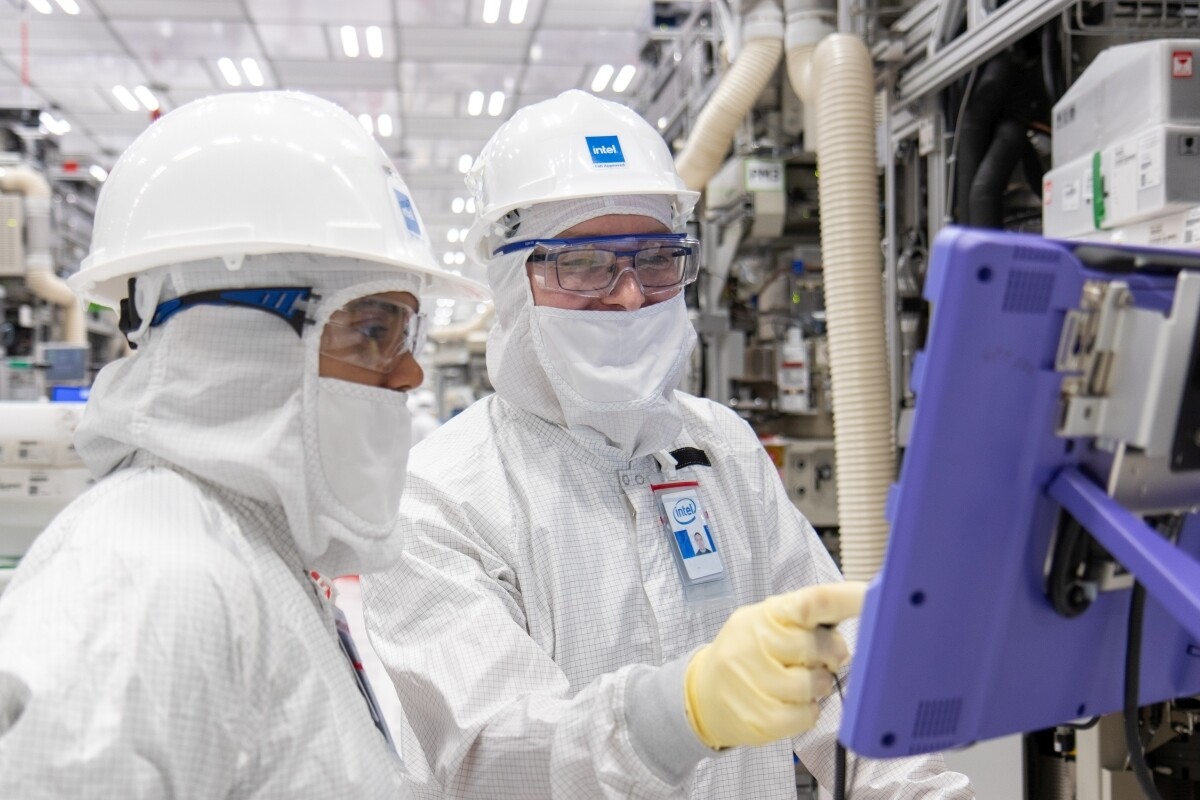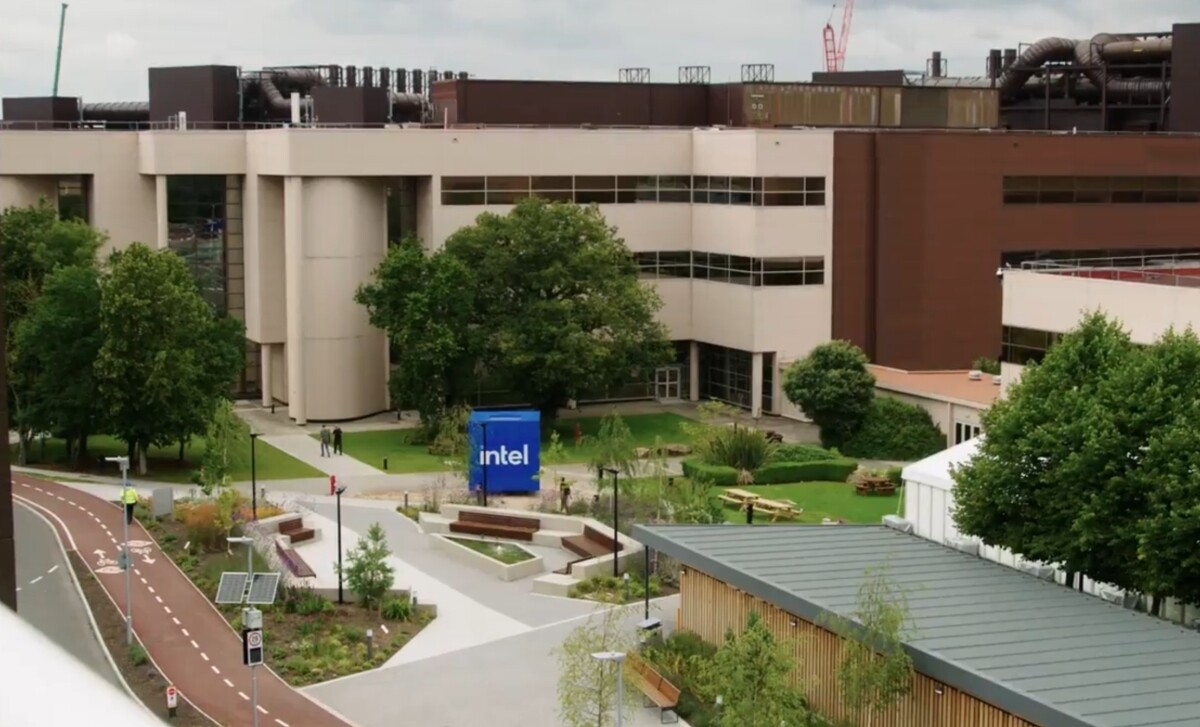Intel begins high volume EUV Intel 4 chip manufacturing in Ireland
Expect many of Intel’s next-generation CPUs to be built in Ireland
Intel has announced that they their newest chipmaking facility, Fab 34 in Leixlip, Ireland, has started to mass produce Intel 4 (4 nanometre) chips. This site is the first location where Intel has utilised Extreme Ultraviolet (EUV) manufacturing techniques for high-volume manufacturing in Europe. With this new facility, Intel plans to produce chips for their future Intel Ultra and Xeon processors.
Intel 4 is one of the lithography nodes that Intel will use with their upcoming Meteor Lake series of processors. With Intel 4, Intel delivers increases in performance, power efficiency, and transistor density over the company’s older lithography nodes. Intel 4 is currently Intel’s most advanced high volume lithography node, though Intel has ambitions to rapidly create more advanced lithography nodes in the near-term future.
Intel’s current foundry roadmap will see the company deliver “five nodes in four years”, which should see Intel regain process node leadership by 2025.
With Intel manufacturing products using their Intel 4 node in Europe, today is seen as a great success for Irish and European politicians. The EU wants to see more high-end semiconductor manufacturing within its boarders. As a result of this, Intel has been quick to bring more of its manufacturing to Europe as a result.
In Europe, Intel has several other manufacturing sites that are under construction. Magdeburg Germany will soon be the location of a new wafer fabrication facility. On top of that, a new assembly and test facility is coming to Wrocław, Poland.
Intel’s sustainable manufacturing methods
Intel’s Leixlip campus has been designed to be as efficient and eco-friendly as possible. With their energy purchasing strategy Intel has sourced 100% of their electrical power from renewable sources. Intel’s water conservation strategy has resulted in Intel being able to return 88% of their used water to the River Liffey. Semiconductor manufacturing is an incredibly water intensive process, so that detail is a big deal for Intel. Additionally, their whole campus only sends 0.6% of its waste to landfill.
In the future, Intel plans to source all of their electricity from renewable sources globally. The company also plans to send no waste to landfills by 2030. By this time, Intel also aims to be water positive. By water positive, Intel means that they plan to restore and return more fresh water than they take in.
You can join the discussion on Intel new Intel 4 lithography node entering high volume manufacturing in Ireland on the OC3D Forums.







